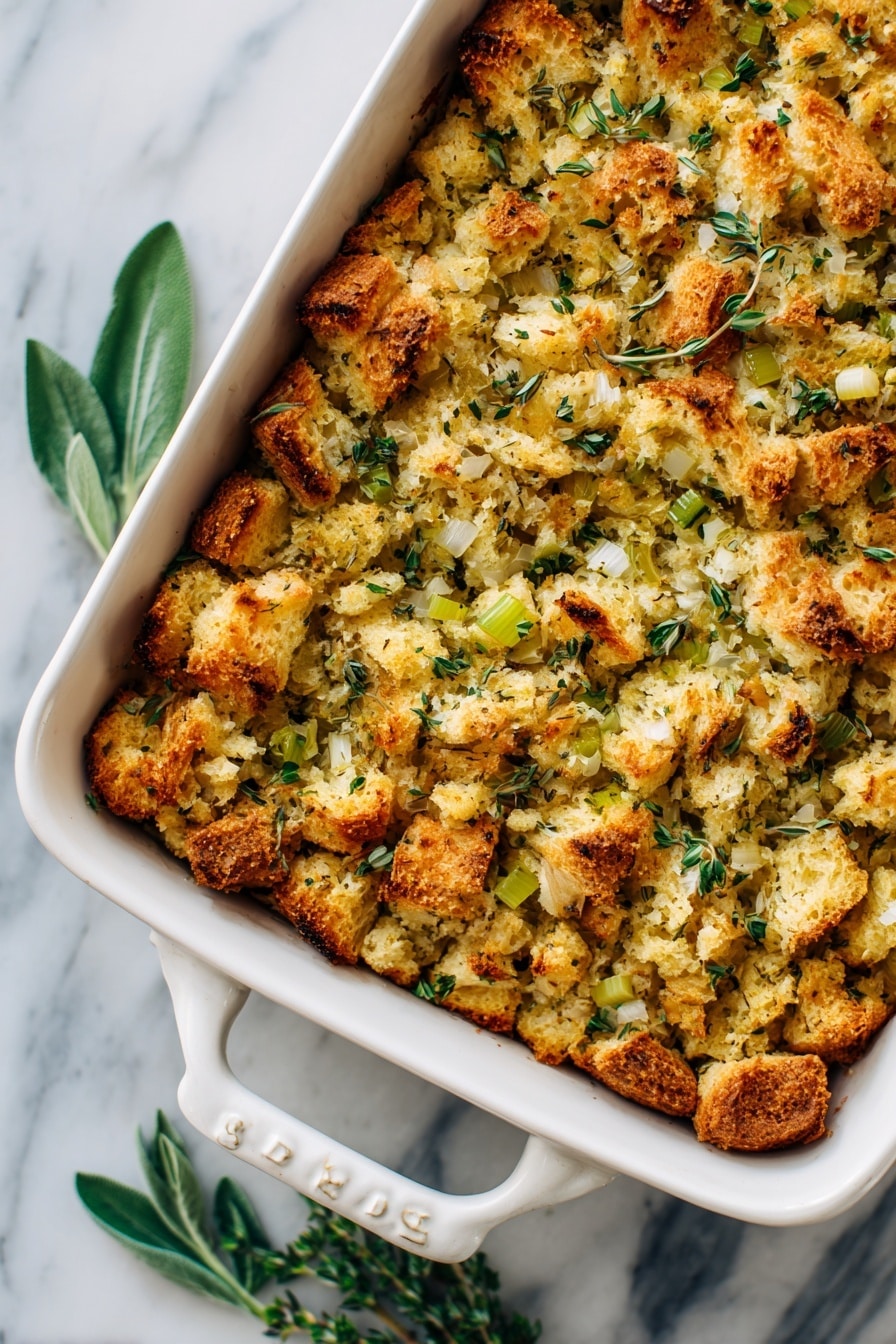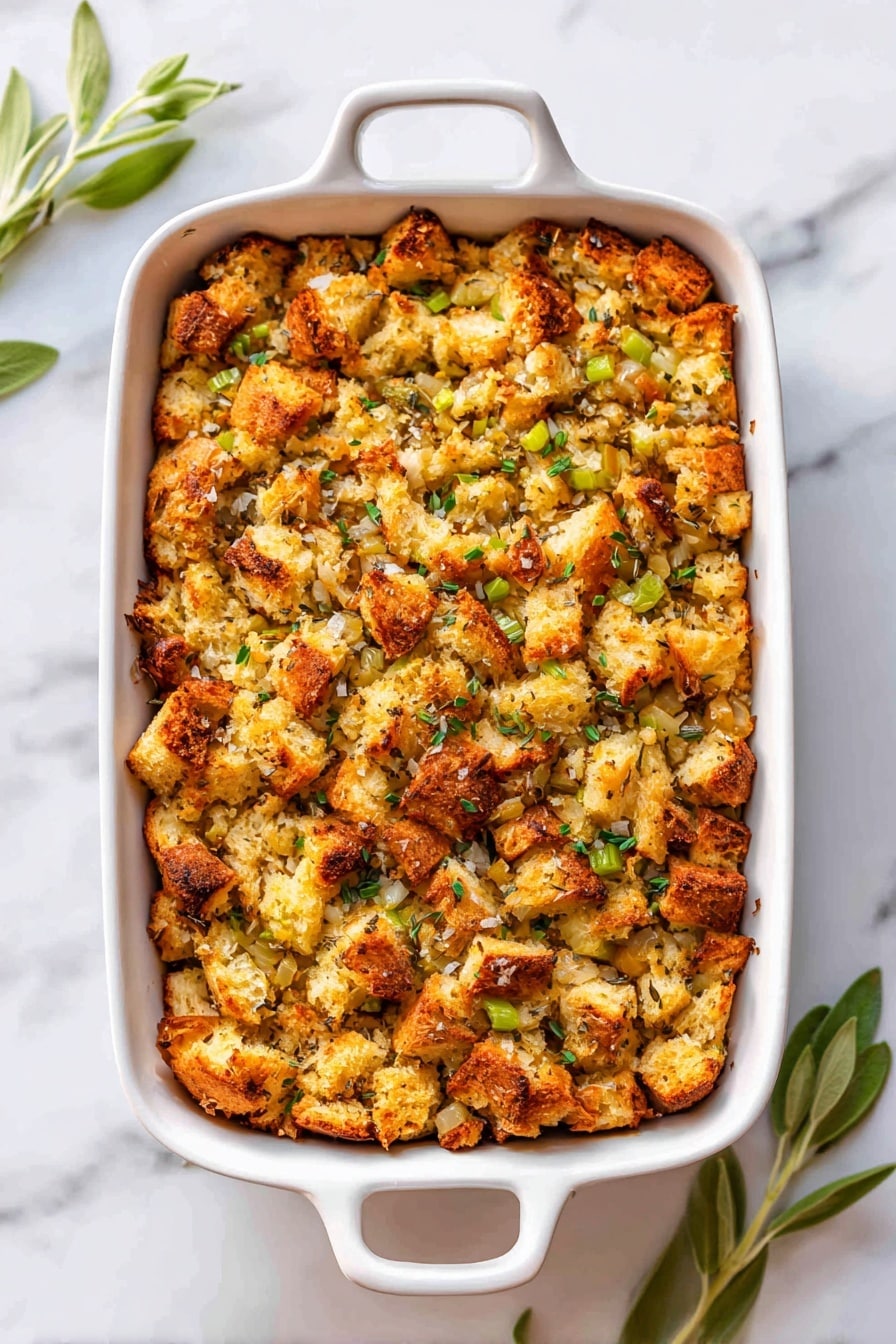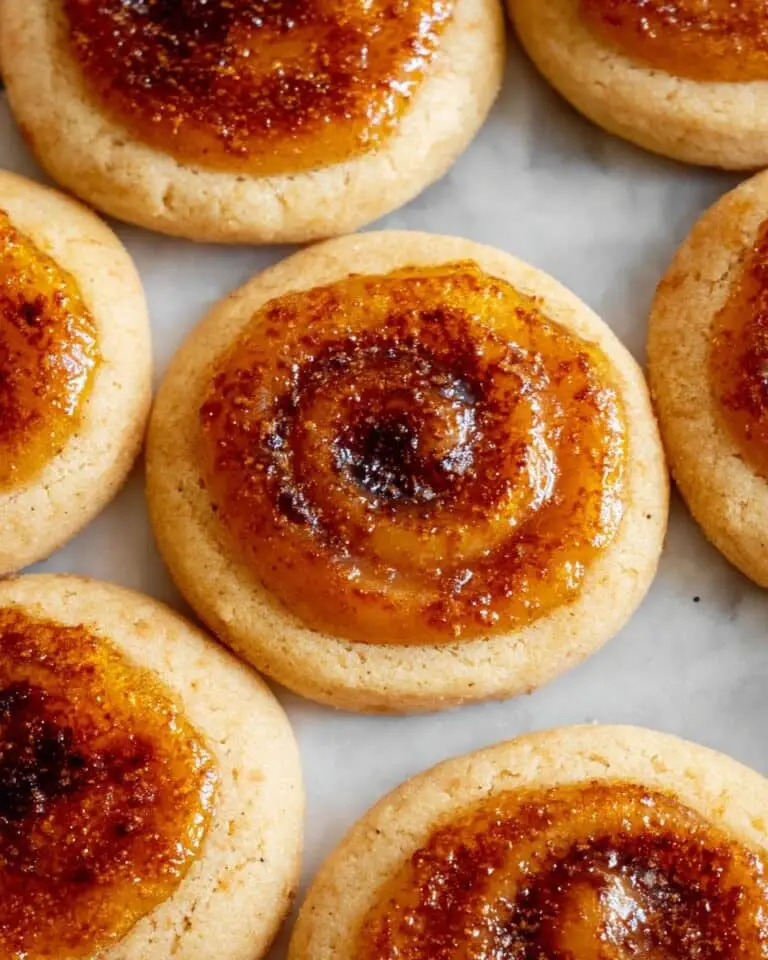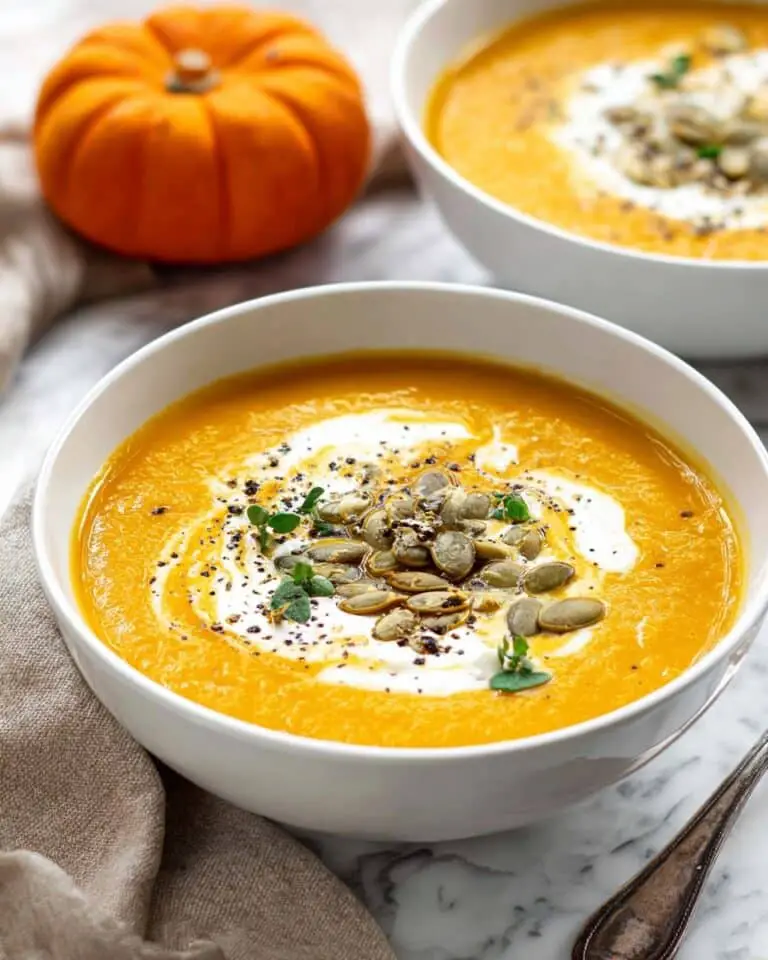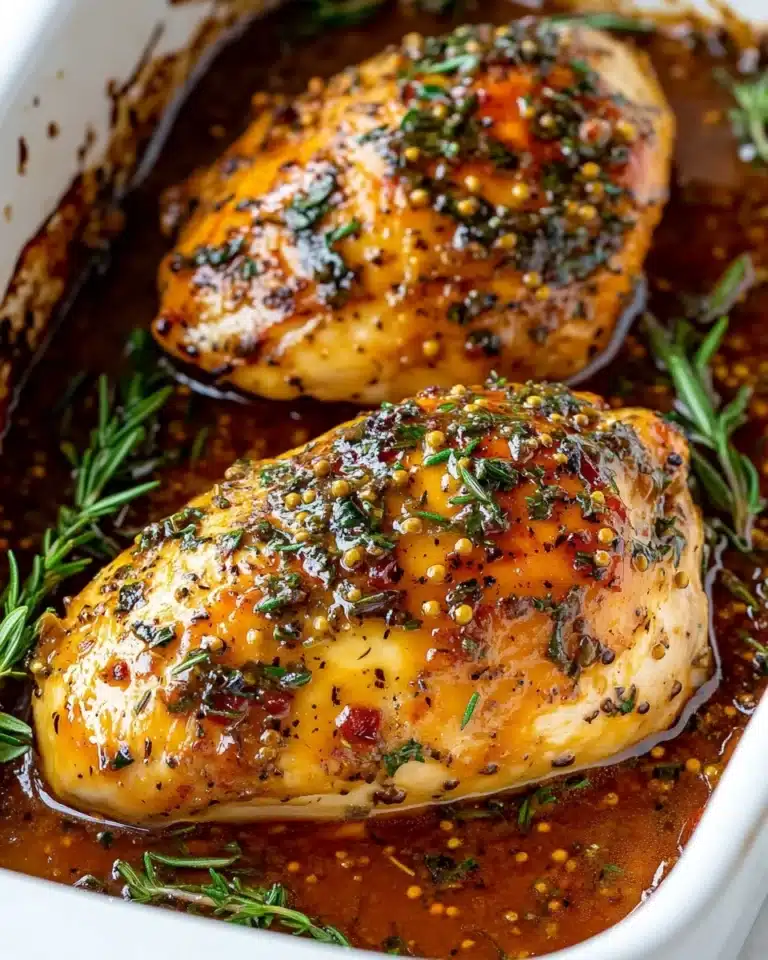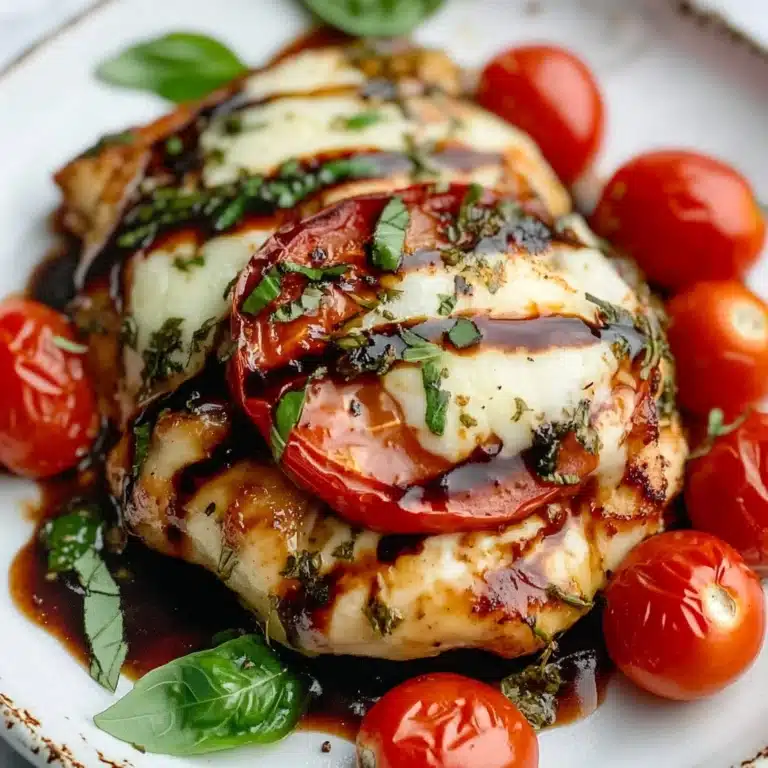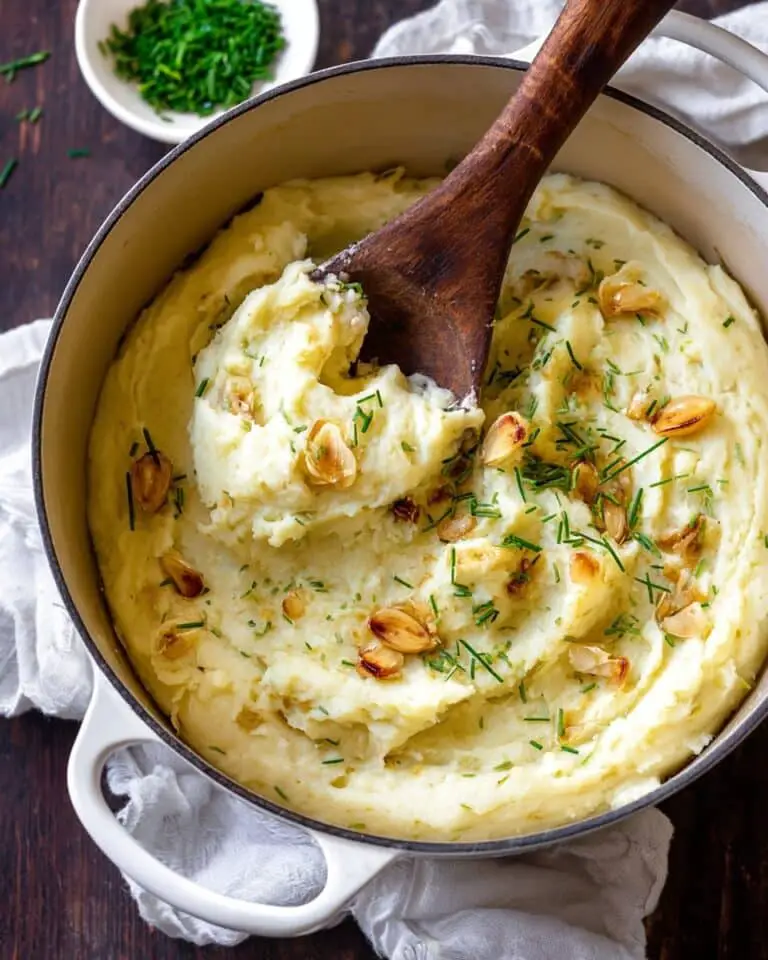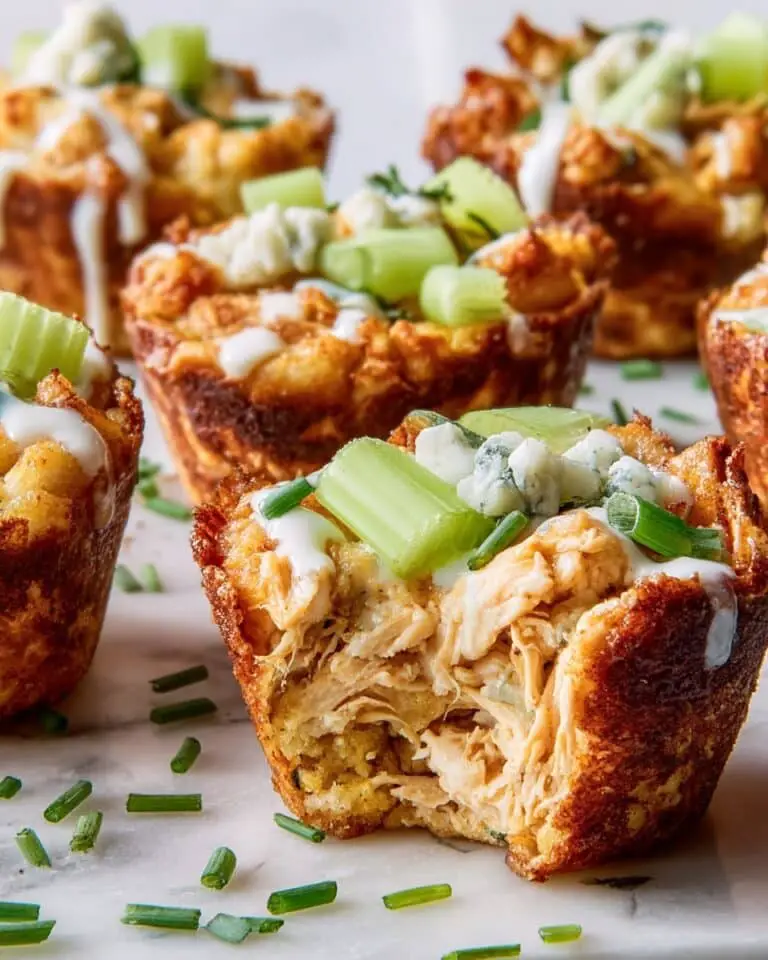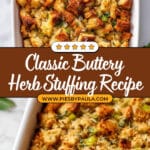If you’re on the hunt for a classic that never fails to delight, I’m sharing Our Favorite Buttery Herb Stuffing Recipe that’s become a non-negotiable in our holiday and special occasion dinners. It’s packed with rich butter, fresh herbs, and just the right texture that you’ll want to double the batch (and maybe even eat it solo, no shame here). Trust me, once you try this, it’ll feel like the heartwarming, cozy side you’ve been missing.
Why You’ll Love This Recipe
- Perfectly Buttery: The combination of plenty of butter and fresh herbs creates a rich, savory base that’s irresistibly comforting.
- Texture Mastery: Using toasted or stale bread cubes gives you a beautiful mix of crispy edges and soft, fluffy centers.
- Super Versatile: Whether baked in a large pan for a crowd or halved for just a family dinner, it always turns out delicious.
- Make Ahead Friendly: I love that you can prepare it a day before and reheat it without losing any flavor or texture.
Ingredients You’ll Need
The ingredients here are straightforward but powerful — fresh herbs, good bread, and rich butter make all the difference. I always recommend using fresh herbs if you can; their aroma and flavor bring the stuffing to life in a way dried herbs just can’t match.
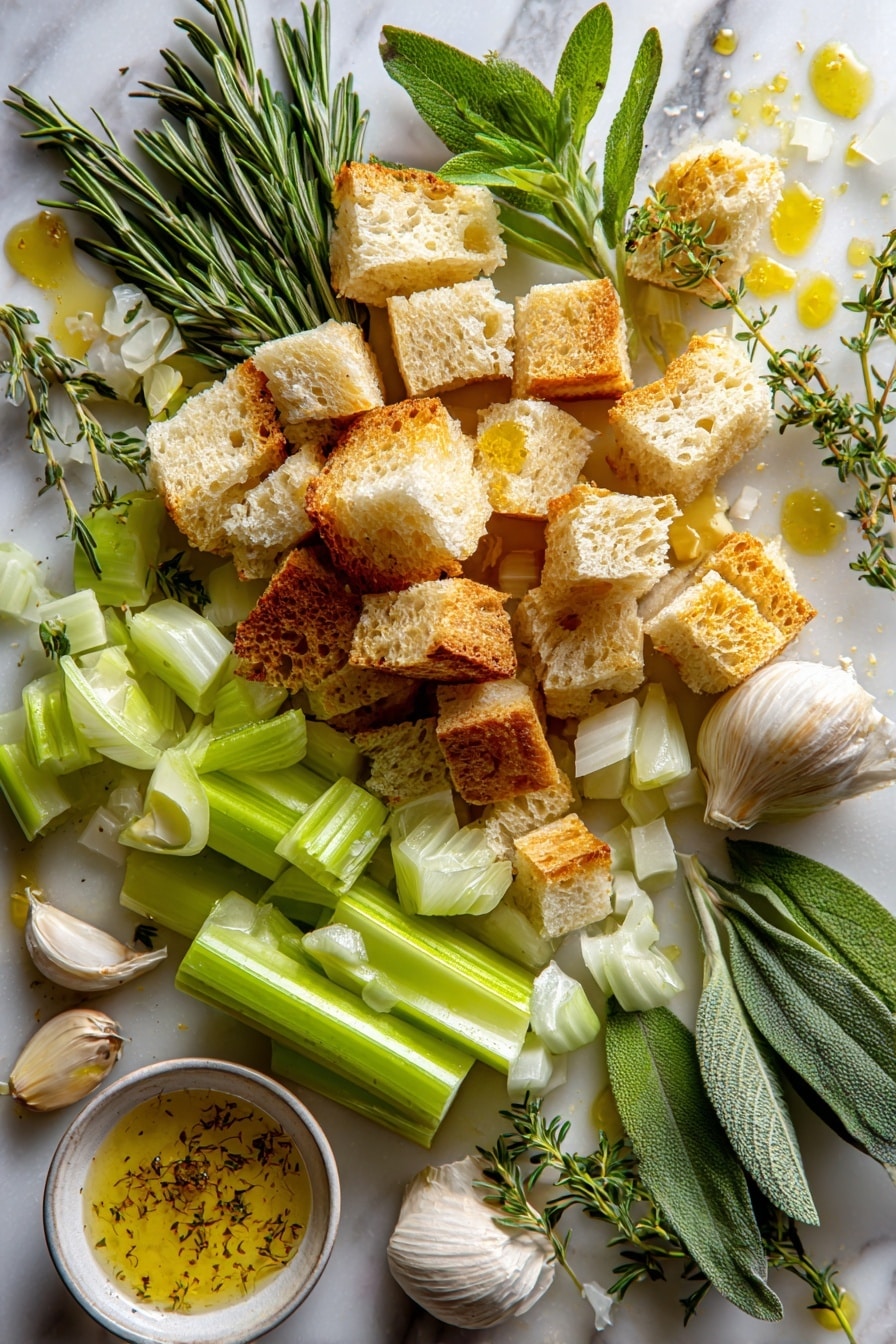
- Bread cubes: I like to mix sourdough and Italian breads for a rustic texture, and either stale or toasted works beautifully.
- Unsalted butter: This lets you control the saltiness better — and a whole cup means lots of that luscious buttery flavor.
- Sweet onion: Adds just the right touch of sweetness and softness to balance the herbs.
- Celery: Brings crunch and freshness, giving great texture contrast.
- Garlic cloves: Minced fresh garlic is a must for that wonderful savory depth.
- Kosher salt and pepper: Don’t skimp here; proper seasoning makes all the difference.
- Fresh sage: Earthy and iconic in stuffing, fresh sage is a game changer.
- Fresh parsley: Adds bright color and freshness.
- Fresh rosemary: Piney and fragrant, rosemary really rounds out the herb trio.
- Chicken or vegetable stock: Helps moisten the bread cubes and adds savory flavor without overpowering.
- Eggs: They bind everything together for a stuffing that’s perfectly set but never dry.
- Fresh herbs for sprinkling: A final flourish that amps up presentation and aroma.
Variations
I always encourage tweaking this recipe to suit your family’s preferences — after all, stuffing is all about comfort and creativity! Whether you want to swap herbs, change the bread, or make it vegan, there’s a way to make it yours.
- Herb Swaps: I’ve tried adding thyme or even tarragon for an extra herbal punch — it’s delicious and freshens things up.
- Bread Choices: My mom blends white and whole grain for a nuttier texture. Sometimes I use cornbread for a Southern twist.
- Vegetarian Version: Using vegetable stock instead of chicken keeps it hearty and friendly for non-meat eaters.
- Add-ins: Feel free to toss in cooked sausage, mushrooms, or nuts like pecans if you want to dress it up.
How to Make Our Favorite Buttery Herb Stuffing Recipe
Step 1: Prep Your Bread Cubes with Love
This part is key for the perfect texture. Cut about 18 to 24 ounces of bread into cubes — roughly 12 to 14 cups. You can use stale bread left out overnight or toast fresh cubes at 350°F for about 15 minutes until lightly golden. I like mixing two breads, like sourdough and Italian, for varied texture. Don’t worry if your cubes aren’t perfectly uniform – that rustic touch is part of the charm here!
Step 2: Sauté the Veggies and Herbs
Melt the butter over medium heat in a large skillet or Dutch oven. Add diced sweet onion, celery, minced garlic, and a good pinch of kosher salt and pepper. Cook gently for 8 to 10 minutes until soft and fragrant. Next, stir in your chopped sage, parsley, and rosemary, letting the flavors marry for about a minute before adding a cup of your stock to loosen things up.
Step 3: Combine and Moisten
Pour that fragrant veggie-herb mixture over your bread cubes in a big bowl or the baking dish. Toss everything together so each cube is coated with savory goodness. Then whisk together the remaining 1 ½ cups of stock with 2 eggs, and fold this mixture gently through the bread until everything is evenly moistened but not soggy.
Step 4: Bake to Golden Perfection
Preheat your oven to 350°F and butter or spray a 9×13-inch baking dish (or two smaller dishes). Transfer the stuffing mixture, spreading it evenly. Bake uncovered for 45 to 50 minutes, or until the internal temperature hits 160°F and the top is a dreamy golden brown. If it’s browning too fast, tent loosely with foil and keep baking.
Step 5: Serve or Save for Later
This stuffing is delightful fresh out of the oven, but I also love making it a day in advance. Just cover, chill, then warm it up for about an hour before serving. It’s also fantastic stuffed inside a turkey or chicken if you want to go classic. For smaller crowds, halve the recipe and bake in an 8×8 dish, adjusting the time slightly.
Pro Tips for Making Our Favorite Buttery Herb Stuffing Recipe
- Bread Texture Balance: I found that mixing slightly stale bread with fresh toasted cubes gives a wonderful contrast in texture.
- Herb Freshness Matters: Using fresh sage, parsley, and rosemary instead of dried herbs makes a noticeable difference in aroma and flavor.
- Don’t Over-soak: Add just enough stock and egg mixture to moisten without turning the bread soggy—fold gently!
- Cover if Needed: If your oven runs hot, tent foil early to keep the top from burning but still allowing the inside to cook fully.
How to Serve Our Favorite Buttery Herb Stuffing Recipe
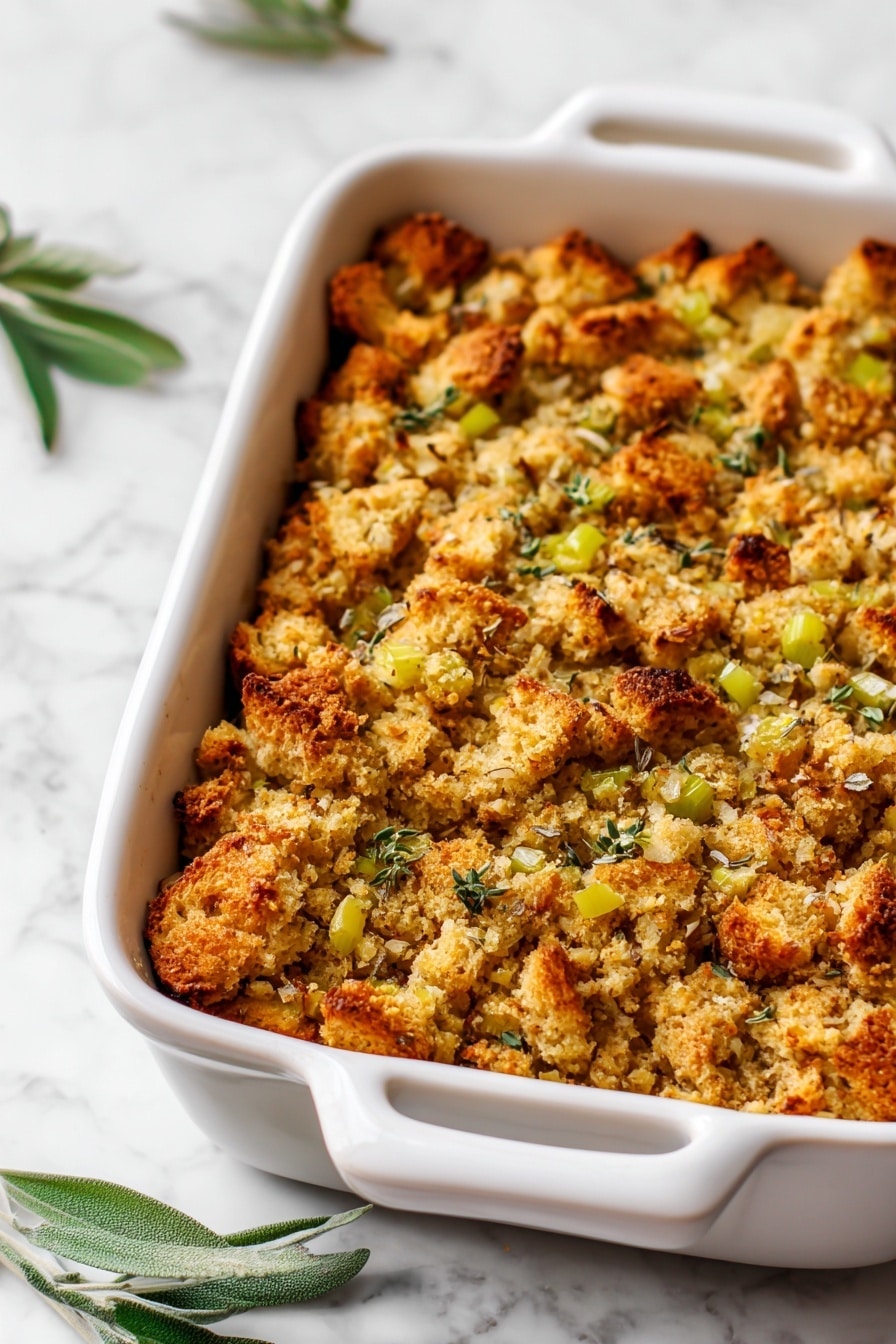
Garnishes
I love finishing this stuffing with a sprinkle of fresh herbs like chopped parsley or a few whole rosemary leaves — it livens up the aroma and adds a fresh pop of color. Sometimes, a drizzle of melted butter right before serving takes it over the top.
Side Dishes
This stuffing pairs perfectly with roasted turkey (of course!) but also with roasted chicken or pork tenderloin. I usually serve it alongside some sautéed green beans, creamy mashed potatoes, and a tangy cranberry sauce to balance the richness.
Creative Ways to Present
For holiday dinners, I’ve served this stuffing in individual ramekins topped with crispy sage leaves — guests love the personal touch! I’ve also packed it into hollowed-out mini pumpkins for a festive fall presentation that steals the show.
Make Ahead and Storage
Storing Leftovers
Once cooled, I transfer leftovers into airtight containers and refrigerate. It keeps well for 3 to 4 days without losing its buttery, fresh-herb charm. Stroking the top with a little melted butter before storing can help maintain moisture.
Freezing
I’ve frozen this stuffing successfully by wrapping it tightly in foil and placing it inside a freezer-safe bag. It freezes well up to 3 months. When you’re ready to enjoy it again, thaw overnight in the fridge before reheating.
Reheating
For best results, reheat covered with foil at 325°F until warmed through, about 30 to 40 minutes. I like to uncover it in the last 10 minutes to restore a bit of crispness on top. Adding a splash of stock or melted butter before reheating helps keep it moist.
FAQs
-
Can I use dried herbs instead of fresh for Our Favorite Buttery Herb Stuffing Recipe?
Absolutely, you can use dried herbs if that’s what you have on hand. Just remember that dried herbs are more concentrated, so use about one-third the amount of fresh herbs called for. The flavor won’t be quite as vibrant, but it’ll still be delicious.
-
What type of bread is best for this stuffing?
Stale or toasted bread works best because it absorbs flavors without turning mushy. I like mixing sourdough with a softer Italian or French bread to get a nice balance of chewy and tender pieces.
-
Can I prepare Our Favorite Buttery Herb Stuffing Recipe ahead of time?
Yes! I often make it a day ahead, cover it well, and refrigerate. Before serving, bring it to room temperature for about an hour, then bake as usual. It reheats beautifully without losing any flavor or texture.
-
Is it safe to stuff a turkey with this recipe?
Yes, this recipe works wonderfully as a stuffing inside a turkey. Just make sure to loosely fill the cavity and cook the bird until both the turkey and the stuffing reach a safe internal temperature (160°F for stuffing).
Final Thoughts
I absolutely love how Our Favorite Buttery Herb Stuffing Recipe turns out every single time. It’s the kind of dish that brings people to the table with smiles and second helpings. When I first nailed this recipe, it felt like I’d unlocked a family tradition all over again, and it’s the one stuffing I always come back to — and I hope you’ll find it just as comforting and easy to make as I do. So grab your bread and butter, gather the herbs, and get ready to create a little magic in your kitchen.
Print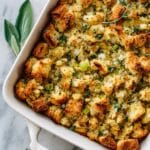
Our Favorite Buttery Herb Stuffing Recipe
- Prep Time: 45 minutes
- Cook Time: 50 minutes
- Total Time: 1 hour 35 minutes
- Yield: 8 to 12 servings
- Category: Side Dish
- Method: Baking
- Cuisine: American
Description
This classic buttery herb stuffing recipe combines toasted bread cubes with sautéed onions, celery, and garlic, all infused with fresh sage, parsley, and rosemary. Perfectly moistened with chicken or vegetable stock and bound with eggs, this savory side dish is baked to golden perfection, making it an ideal accompaniment for holiday meals or cozy family dinners.
Ingredients
Bread Cubes
- 18 to 24 ounces bread cubes (1.5 loaves, about 12 to 14 cups), preferably toasted or stale
Vegetables and Aromatics
- 3 cups diced sweet onion (roughly 2 large onions)
- 2 cups diced celery
- 6 garlic cloves, minced
Herbs and Seasonings
- Kosher salt and black pepper, to taste (at least ½ to 1 teaspoon each)
- 3 tablespoons chopped fresh sage
- 3 tablespoons chopped fresh parsley
- 3 tablespoons chopped fresh rosemary
- A mixture of fresh herbs for sprinkling (optional)
Liquids and Others
- 1 cup unsalted butter
- 2 ½ cups chicken or vegetable stock
- 2 large eggs
Instructions
- Prepare the Bread Cubes: Choose stale or toasted bread cubes for best texture. You can cut 1 ½ pounds of bread into cubes and let them sit covered overnight, toast cubes at 350°F for about 15 minutes until crouton-like, or use store-bought toasted cubes. Mix different bread types like sourdough and Italian for variety.
- Preheat and Prepare the Baking Dish: Preheat your oven to 350°F. Brush a 9×13 inch baking dish with melted butter, olive oil, or nonstick spray. Place the bread cubes into a large mixing bowl or directly in the baking dish. For larger quantities, divide into two dishes.
- Sauté Aromatics: In a large skillet or Dutch oven over medium heat, melt the butter. Add diced onions, celery, and minced garlic with a big pinch of salt and pepper—about ½ to 1 teaspoon each. Cook for 8 to 10 minutes until softened. Stir in fresh sage, parsley, and rosemary and cook an additional minute. Pour in 1 cup of stock and stir to combine.
- Combine with Bread: Pour the sautéed vegetable and herb mixture over the bread cubes. Toss well to coat all bread pieces evenly.
- Mix Egg and Stock: In a small bowl or measuring cup, whisk together the remaining 1 ½ cups of stock and the two eggs until smooth.
- Incorporate Liquid Mixture: Pour the egg and stock mixture over the bread cubes. Gently stir and fold the bread until the mixture is thoroughly combined and the bread is evenly moistened.
- Bake the Stuffing: Transfer to the prepared baking dish if not already there and bake uncovered for 45 to 50 minutes, or until the internal temperature reaches 160°F and the top is golden brown. Tent with foil if the stuffing browns too quickly.
- Make Ahead and Reheat: The stuffing can be made a day ahead. Refrigerate covered and bring to room temperature for 60 minutes before reheating. Reheat in the oven until warmed through. This recipe can also be used to stuff poultry if desired.
- Adjust for Serving Sizes: For 4 servings, halve the recipe and bake in an 8×8 or 9×9 inch dish for the same baking time. For serving 12 to 18, double the recipe and use a large roasting pan or two 9×13 dishes, baking about 15 minutes longer.
Notes
- Using a mix of stale and fresh bread adds better texture to the stuffing.
- Different bread types like sourdough and Italian provide a more rustic and flavorful stuffing.
- Toasted bread cubes can be made ahead and stored overnight to save time.
- Tent the stuffing with foil during baking if the top browns too fast.
- This stuffing is versatile and can be used as a side dish or as a bird stuffing.
- Reheating leftovers is simple—allow to sit at room temperature before warming in the oven.
Nutrition
- Serving Size: 1/12 of recipe
- Calories: 280
- Sugar: 3g
- Sodium: 450mg
- Fat: 15g
- Saturated Fat: 9g
- Unsaturated Fat: 5g
- Trans Fat: 0g
- Carbohydrates: 28g
- Fiber: 2g
- Protein: 6g
- Cholesterol: 80mg

